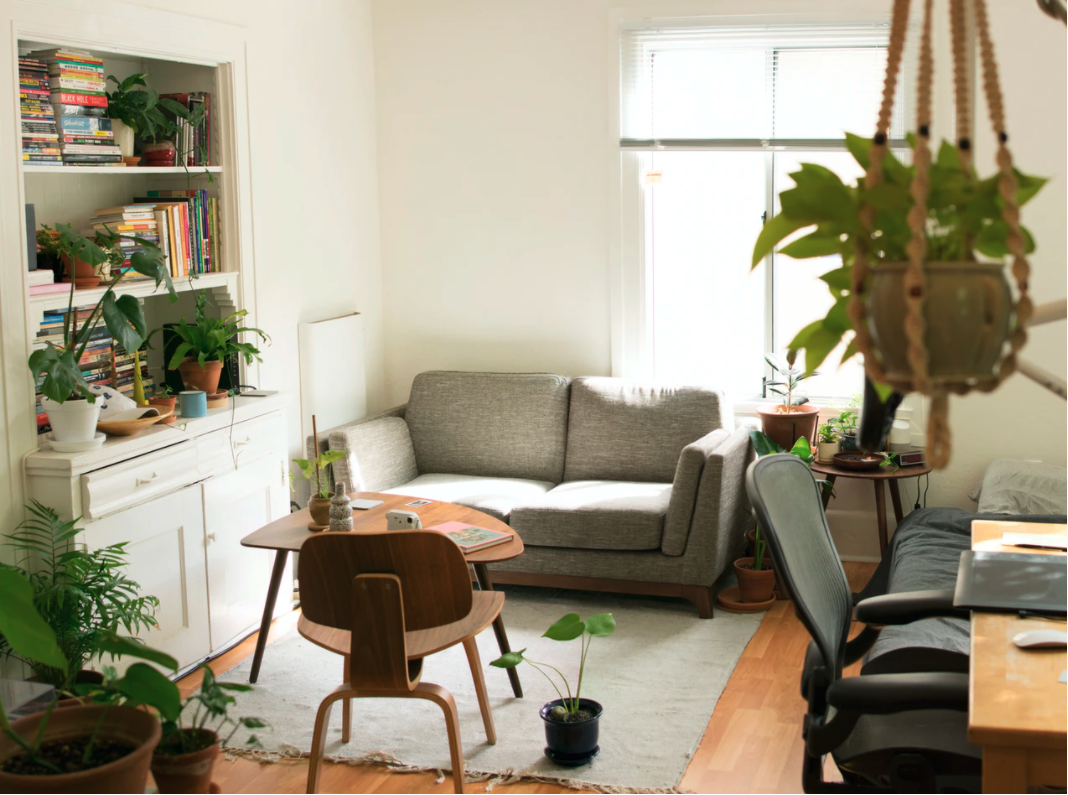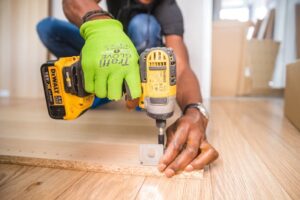
After you finalize your land purchase, you may have a lot of ideas for what to do with it. Though it may feel daunting, planning for a future home on your land can be one of the best ways to make use of it. When you are ready to get your planning started, keep some of the following considerations in mind.
Think About What Matters
The first thing in the planning process is to think about what type of home you would ultimately like to have. Try to paint in broad strokes at first, and then start to hone in on the details once you know what you have to work with in terms of yard size, floors and rooms. Outside of the standard necessities of bedrooms, kitchens and bathrooms, what types of rooms do you want your house to have? What are necessary for activities that are central to you?
Search for Inspiration
Once you are ready to proceed, it is important to look at other types of homes that you can use to draw inspiration. There are numerous websites online that you can work with to find the exact style of property that you are looking for. These can help you not only plan for the raw exterior of your future house, but also for room layouts and arrangements. These can be invaluable in your project’s development.
Use the Right Planning Software
There are also numerous programs that you can use to visualize the property of your dreams. Everything from aesthetic and editing programs to entire floorplan visualizing systems. Sketchup is a particularly versatile program to use, and you can work with a Sketchup rendering plugin to get the details down for every section of your home as necessary. Always save drafts so you can see how your ideas develop.
Consult with the Experts
When you are ready to begin working on the physical aspects, take the time to consult with contractors. Show these professionals your floor plans and ideas and ask them for their professional opinion. It is at this stage of the process that the project becomes a professional group effort, as you will have specialized consultations to go by.
Because of the nature of such projects, it is always a good idea to start slow and move forward at an easy and controlled pace. During the foundational development of your home, you want to make sure you go as carefully as possible to avoid errors.


